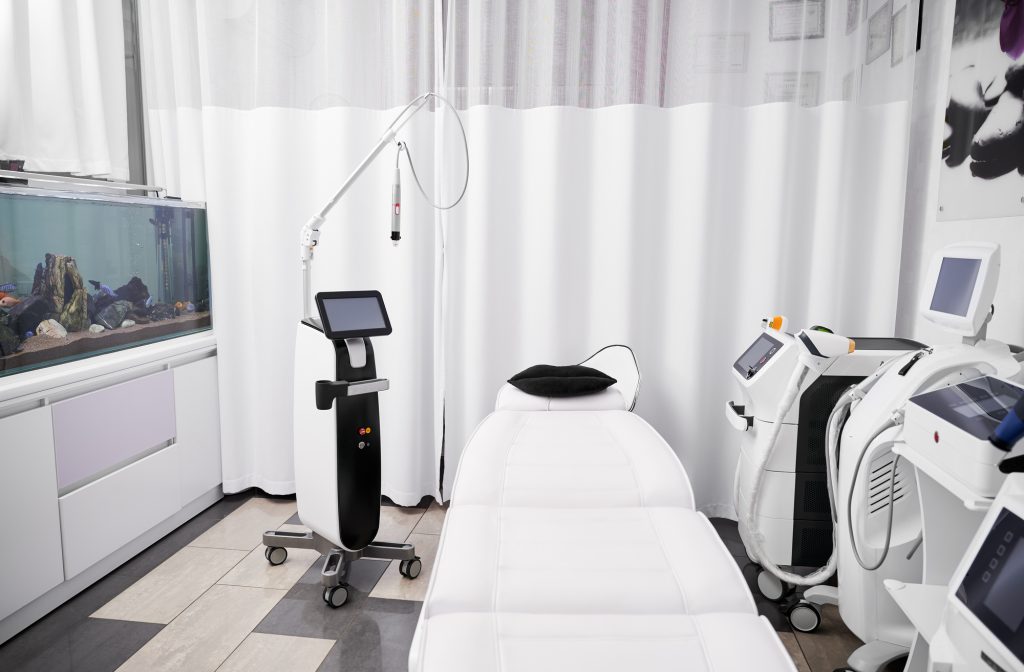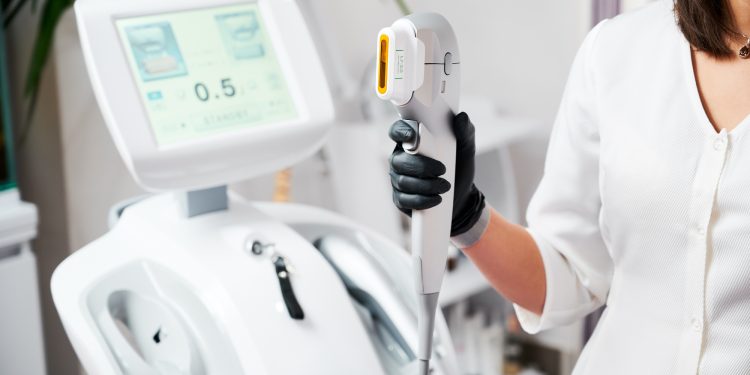The decision to choose the right equipment supplier is significant for aesthetic clinics, as it not only shapes the quality of services offered but also plays a pivotal role in determining the clinic’s financial well-being. In this competitive industry, where cutting-edge technology and cost efficiency are paramount, clinics face the challenge of navigating through a market brimming with options. This article aims to demystify the complexities involved in this crucial selection process. By examining the delicate interplay between quality and cost, it seeks to provide comprehensive insights and practical guidelines. These will empower clinic owners and managers to make decisions that align with their operational goals and ensure the sustainability of their business, all while upholding the highest standards of client care.
Table of Contents
Understanding The Market Dynamics
The aesthetic equipment market is extensive and diverse, offering many products from many suppliers. Understanding this market is critical for clinics, as each choice they make directly affects the quality of their services and their cost-efficiency. It’s not just about choosing a supplier; it’s about comprehensively understanding the ever-changing trends, technological advancements, and the standing of suppliers in the industry. Knowing the strengths and weaknesses of each supplier, along with their product offerings, helps clinics make choices that align with their specific needs and market positioning.
Evaluating Equipment Quality
In aesthetic treatments, the quality of equipment is non-negotiable. Superior quality equipment is synonymous with enhanced treatment outcomes, client satisfaction, and safety. Therefore, clinics must delve deeply into the technical aspects of equipment, scrutinizing their durability, efficiency, and compliance with industry standards. Researching and understanding these facets helps in choosing equipment that meets and exceeds expectations regarding performance and reliability.
Balancing Cost And Value
While prioritizing equipment quality, clinics cannot overlook the aspect of cost. The challenge lies in balancing investing in high-quality equipment and managing financial resources wisely. It’s about evaluating the long-term return on investment; higher-priced equipment might offer greater efficiency and longevity, whereas lower-priced options might necessitate frequent repairs or replacements, escalating long-term costs. Clinics must assess these factors meticulously to ensure they make a cost-effective decision without compromising on quality.

The Role Of Supplier Reputation
The reputation of a supplier in the market is a critical factor in the decision-making process. A supplier known as a leading supplier of aesthetic equipment for clinics typically signifies a history of reliability and excellence in quality. However, clinics must conduct their research, exploring the supplier’s history, customer service efficiency, and the quality of their after-sales support. The reputation and credibility of a supplier can often be a reliable indicator of their commitment to quality and customer satisfaction.
Considering Warranty And Support Services
Warranties and support services are crucial in safeguarding the investment in aesthetic equipment. They ensure malfunctions and the clinic’s continuous operation. Clinics should seek suppliers who offer comprehensive warranty terms and efficient, accessible support services. This aspect of the supplier relationship is essential for ensuring uninterrupted clinic operations and client services.
Exploring Customization And Training Options
Suppliers offering customization and specialized training bring additional value to their offerings. Customization ensures that the equipment aligns perfectly with the clinic’s specific operational needs, enhancing efficiency and effectiveness. On the other hand, training is vital for staff to utilize the equipment to its full potential, thereby maximizing the return on investment. Clinics should consider these additional services, which often translate into better client outcomes and operational efficiencies.
Seeking Feedback From Peers
Feedback from industry peers is invaluable in evaluating equipment suppliers. The experiences and insights of fellow clinic operators can shed light on the practical aspects of working with different suppliers, their equipment reliability, and the true cost-effectiveness of their products. Such firsthand accounts are often more telling than promotional materials and can guide clinics toward making informed decisions.
The Impact Of Technology Advancements
The aesthetic equipment industry is dynamic, with technological innovations continuously reshaping the landscape. Clinics must stay updated with these advancements to ensure they are not just keeping up with industry standards. Still, they are also positioned at the forefront of technological implementation. Choosing equipment that embodies the latest technological innovation can significantly enhance treatment outcomes and client satisfaction.
Making A Sustainable Choice
In an era of heightened environmental awareness, the equipment’s sustainability becomes a factor of consideration. Clinics should seek suppliers who are mindful of their environmental impact, opting for energy-efficient equipment built with sustainable materials and designed with eco-friendly processes. This helps clinics reduce their environmental footprint and appeals to the growing segment of environmentally conscious clients.
Final Decision: Balancing Quality And Cost
The final decision in selecting aesthetic equipment suppliers hinges on carefully balancing quality and cost. Clinics must weigh these factors in the context of their unique operational needs, financial constraints, and long-term business objectives. The ideal choice ensures optimal service quality for clients while safeguarding the clinic’s financial health and future growth potential.
Conclusion
Selecting the right supplier of aesthetic equipment is a critical decision that requires careful consideration of various factors. Clinics must weigh the quality of the equipment against its cost, assess the supplier’s reputation, and stay informed about the latest technological advancements. Ultimately, the decision should align with the clinic’s operational needs and long-term goals, ensuring high-quality client services while maintaining financial health.


 Home
Home










